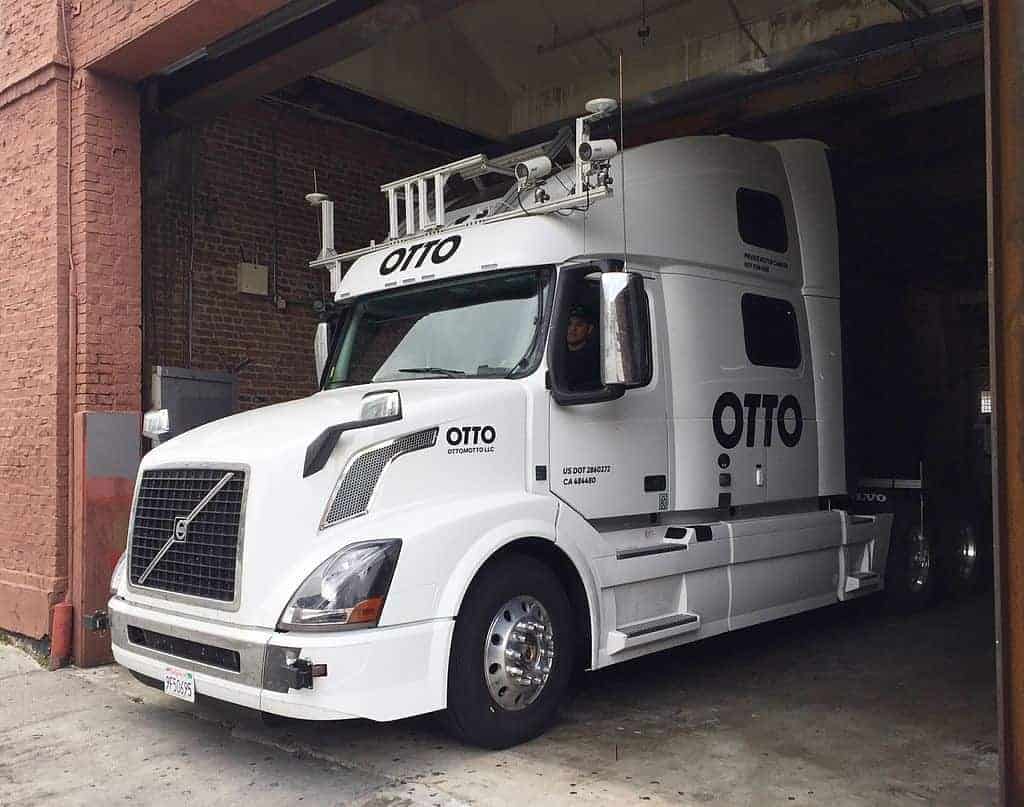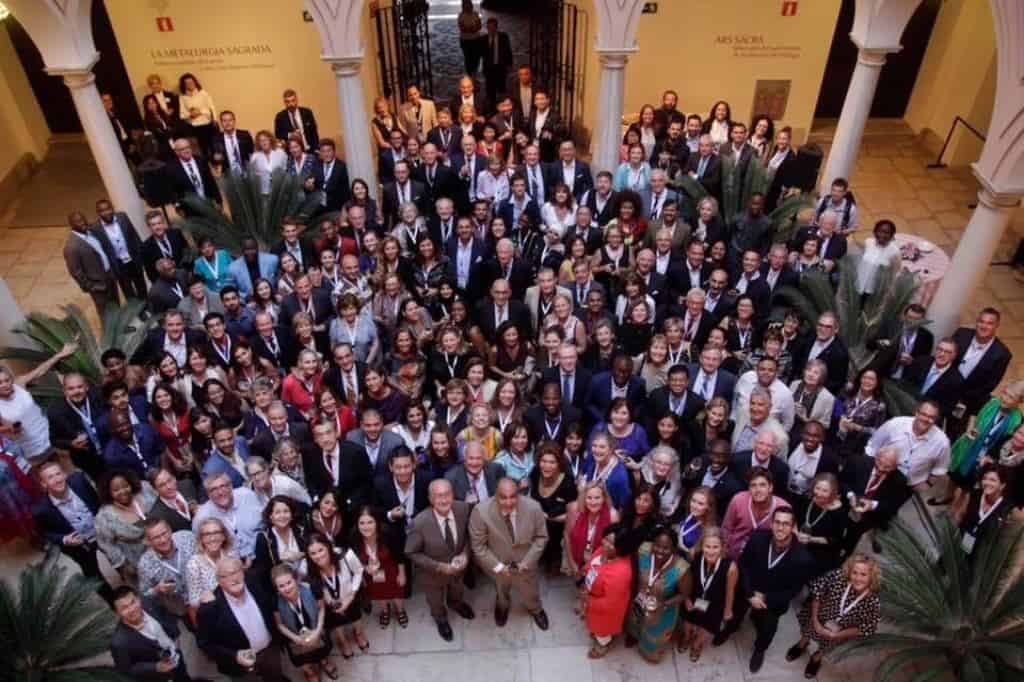If you don’t already think automation, artificial intelligence, and all of our hyper-connected smart devices have transformed the world of work as we know it, wait just a few more years. The MIT Technology Review (one of my favorite looks into the near-term future) suggests we prepare for the following mind-boggling disruptions:
- Tractor-trailers without a human at the wheel barreling down the highway. These vehicles could be on roads across the country as soon as 5 years from now. In fact, last October, Uber had one of its selfdriving trucks make a beer run, traveling 200 interstate kilometers to deliver a cargo of Budweiser from Fort Collins to Colorado Springs. A person rode in the truck but spent most of the trip in the sleeper berth monitoring the automated system.
- Technologies that are emotion-aware emerging on the market in the next 5 years. They will have the ability to read and respond to human cognitive and emotional states, just as humans do.
- Qubits stable enough to perform a wide range of computations for sale 2 to 5 years from now. Eventually, expect 100,000-qubit systems, which will disrupt the materials, chemistry, and drug industries by making accurate molecular-scale models possible for the discovery of new materials and drugs.
The disruptions named above, and countless others, will simply accelerate the upending of the world of work. Already they are responsible for both anxiety and anticipation. Perhaps not surprisingly, then, in a recent meeting on the Future of Work hosted by the Eisenhower Fellowship, leaders gathered from 49 countries in Malaga, Spain to examine the tectonic changes reshaping the world’s workplaces.
Three fundamental inquiries undergirded the conversations in Spain: (1) how many existing jobs will be lost to automation; (2) how many and what kinds of new jobs will be created; and (3) what skills will be most valued in those jobs?
Jobs lost — The worry for all
Across the globe, economists disagree about how many jobs will be lost to automation. Even looking just at the United States, estimates range from Frey and Osborne’s caution that 47 percent of U.S. jobs could be lost over the next 1-2 decades to the Organization for Economic Cooperation and Development’s call that 9 percent of U.S. jobs are at high risk. A frequently cited estimate comes from Forrester Research, a market research company, which predicts technology will eliminate 25 million jobs (17 percent) by 2027 – in other words, over just the next decade.
Turning to North Carolina projections, the chart below comes from data analyzed by economist Mike Walden at NC State using the widely-regarded Frey and Osborne methodology. Most of the occupations Dr. Walden identified with a low probability for technology replacement (reflected by dark blue) involve problem-solving tasks in the supervisory, health care, technology, legal, and protective and personal services industries. Conversely, those with the highest chance of technological replacement (reflected by light blue) are primarily composed of routine task jobs in the food service, retail, hospitality, sales, and financial sectors.


Jobs created — The opportunity for some
A report by the World Economic Forum reveals that almost 65 percent of the jobs elementary school students will be doing in the future do not yet exist. Are we able to predict those jobs of the future? Frankly, while we may be able to project how a particular technology might render redundant certain human tasks in order to speculate about technological unemployment, it is more complicated to foresee the multiple ways a future technology may complement or create demand for existing human skills and jobs.
That does not mean estimates are not available. For example, the report from Forrester Research predicts that close to 15 million new jobs will be created in the U.S. over the next decade as a direct result of automation and artificial intelligence. That number is the equivalent of 10 percent of the workforce. The report states these new jobs will be created “in software, engineering, design, maintenance, support, training, or another specific job area.” The report’s notion that new human resources will be devoted to guiding robots is consistent with other analysts’ vision of four categories of jobs that will grow due to advances in artificial intelligence (AI): employment in areas where humans engage with existing AI technologies, develop new AI technologies, supervise AI technologies in practice, and facilitate societal shifts that accompany new AI technologies.
Skills needed — The strategy of the pronounced and perpetual
Jobs won’t just be lost or created. Forrester estimated that at least 25 percent of all jobs will be transformed in terms of responsibilities as a result of increased automation. Corroborating this, Deloitte’s Global Human Capital Trends 2016 report found that three out of four executives surveyed (76 percent) expect automation will require new skills in the workforce over just the next 1-3 years. Employees are not oblivious to the trend. A 2016 Pew Research Center survey, “The State of American Jobs,” found that 87 percent of workers believe it will be essential for them to get training and develop new job skills throughout their work life in order to keep up with changes in the workplace.
In addition, a McKinsey analysis of 2,000 different work activities across 800 occupations found that in about 60 percent of occupations, 30 percent of tasks could be handed over to robots. “More occupations will change,” the report concludes, “than will be automated away.” Exactly how each of these occupations will change over time remains to be seen. However, there is growing consensus that to stay one step ahead of technology, workers will need to be prepared with critical thinking, interpersonal, digital, and job specific skills. Further, Pew Research reveals a majority of those surveyed for its 2016 report say the following are “extremely” or “very” important: ability to work with those from diverse backgrounds (85 percent), training in writing and communications (85 percent); access to training to update skills (82 percent); training in science and math (69 percent); and knowing computer programming (64 percent).


I suspect that attendees left Malaga with some comfort. While no country represented appeared well-prepared for the workforce changes ahead, each was giving some attention to the significant implications that will surely affect hundreds of millions if not billions around the world. These robots are causing us all to scramble and learn together.




